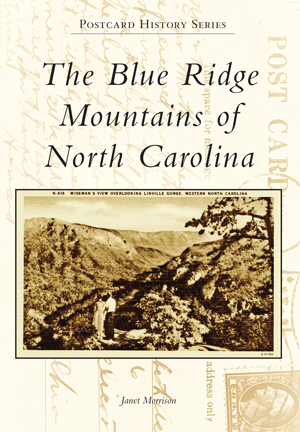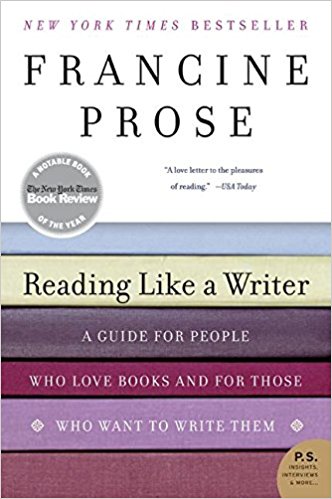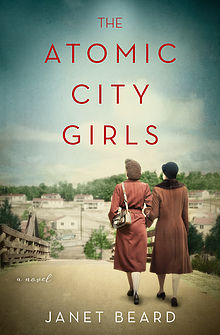I recently read a blog post that made my head spin. It left me wondering if I can make it as a writer. The world is changing at warp speed, and I cannot keep up.
My post today is a bit of a rant. Please bear with me. I’m curious. Do you feel the same way, or am I just an old fuddy-duddy? (Granted, if I casually use the term “fuddy-duddy,” I probably am one.)
What set off this particular rant (a.k.a., blog post)?
The blog post I’m referring to is https://writersinthestormblog.com/2024/02/social-media-best-practices-for-authors-in-2024/. This is a blog I have followed for years and I usually benefit from reading the posts. This particular one gave me pause.
I didn’t realize how much I was lagging behind in the world of social media until I learned that “you might want to consider IG Thread, Mastodon, or Bluesky (still in Beta and by invite only). The stated goal of Threads is to become part of the Fediverse (of which Mastodon is a part) so many people have just jumped straight over to Mastodon.”
WHAT?
That one paragraph was confusing on so many levels.
I continued reading and learned that there is also a social media platform called BeReal, in case I want people to know where I am at all times.
No thanks.
I learned that Reddit “has released an API in preparation for its upcoming IPO.” I have used Reddit, but I don’t know an API from an IPO. In fact, I have very little interest in learning the difference. (I’ve looked them up before, but I don’t have enough brain cells to clutter up my head with information I don’t need to recall.) It’s frustrating to read an article about what authors need to know about social media when you don’t understand the abbreviations. It’s overwhelming.
Granted, API and IPO were clickable, but the assumption is that I should already know what they are. It just reinforces my feelings that I’m so far behind there’s no hope for me to catch up. And, oh… in my spare time, when I’m not studying the latest technological advances and numerous social media platforms, I can do historical research and turn that into a novel.
I also learned from the Writers in the Storm blog post that “Google has been talking about E-A-T for a few years now, but with the extensive use of generative AI, they have added another E. This is good news for us, as their requirements and Quality Rater Guidelines for good content will almost certainly exclude most AI-created content. E-E-A-T stands for Expertise, Experience, Authoritativeness, and Trustworthiness.”
The explanation of E-E-A-T was much appreciated because I had never heard of E-A-T in the first sentence of that paragraph, much less E-E-A-T.
My readers know I’m not the most computer-savvy person in the world, but I have managed to write a blog on a regular basis since January 24, 2010, format and publish two local history books, two short stories, and a cookbook for publication. All but the cookbook are available in electronic as well as print form. I’m on Facebook and have many boards of interest on Pinterest. I’ve learned how to create book covers and memes. I put a new meme on Pinterest six days a week to publicize my various books and short stories. I’ve created bookmarks, flyers, and business cards. I publish an e-newsletter. I have my own website.
Apparently, it is not enough.
I should not have to be a technology whiz to be an author, but I have read and heard a multitude of times that I need tens of thousands of followers on social media if I stand a chance of catching the eye of a literary agent or book publisher.
Perhaps I was born in the wrong century.
And did I mention the scammers I have to deal with several times a week?
I’m proud of my vintage postcard book, The Blue Ridge Mountains of North Carolina, published by Arcadia Publishing in 2014; however, I can’t visualize it as a movie. I get numerous phone calls from people speaking broken English telling me that I can make boatloads of money if I agree to let them turn the book into a movie. I received a call a couple of weeks ago from someone claiming to be with HBO promising me $300,000 if I would allow them to turn my postcard book into a made-for-TV movie.
Yeah, right! I’m sure it would be a blockbuster.
Since my last blog post
I’m putting the finishing touches on my March newsletter. If you have not subscribed to my newsletter, please go to https://www.janetmorrisonbooks.com, click on the “Subscribe” button, and fill in your email address. In return, you will receive a free downloadable copy of one of my short stories, “Slip Sliding Away: A Southern Historical Short Story” and you will receive my newsletter every other month.
In my newsletters I give details of the “field trips” I take to do research for my historical short stories and the historical novels I’m working on as well as photographs from those trips. I give more information about the things I’m doing to move my writing career forward than I do in my weekly blog posts.
I promise I won’t bombard your inbox with emails!
Until my next blog post
I hope you have a good book to read. As usual, I’m reading several books. So many books… so little time!
Please get your news from more than one reliable source.
Remember the people of Ukraine and let your representatives in Washington, DC know how you feel about aid to that country. It just might get through to them and make a difference.
Janet

















